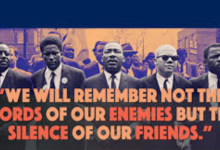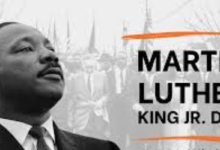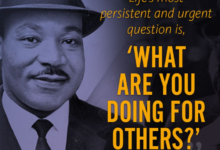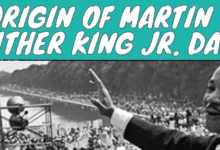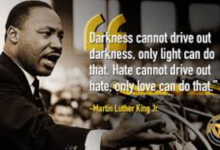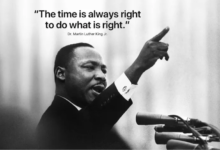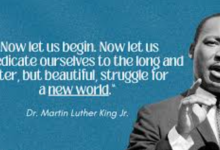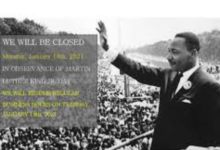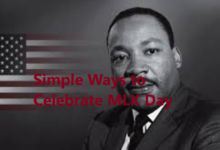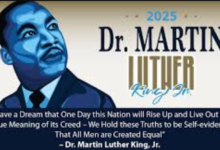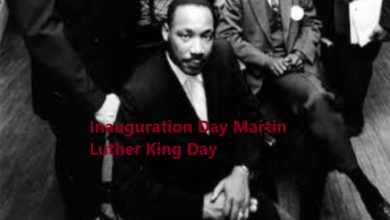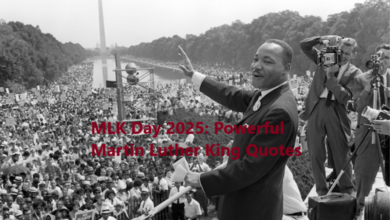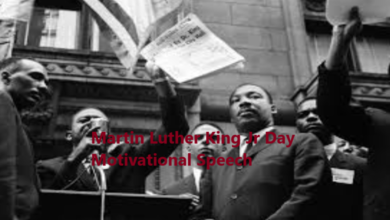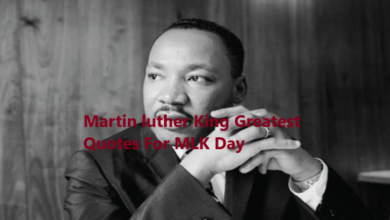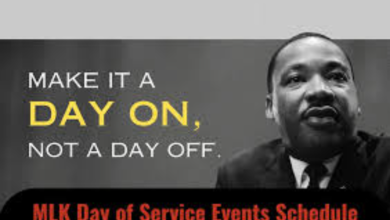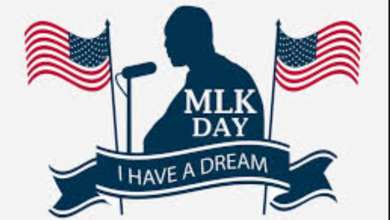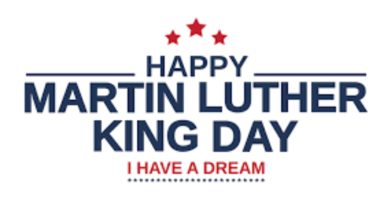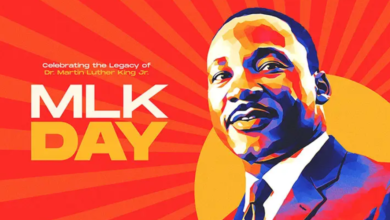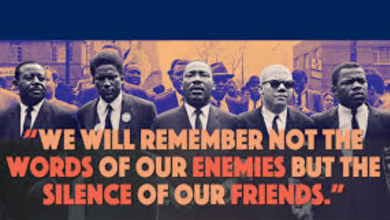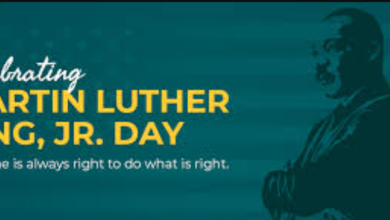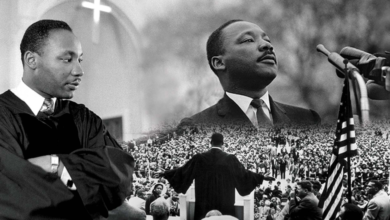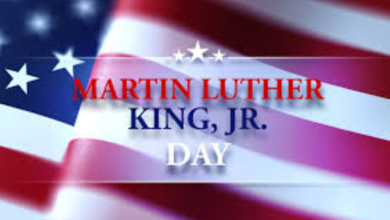Mlk Day Activities For Middle School 2025
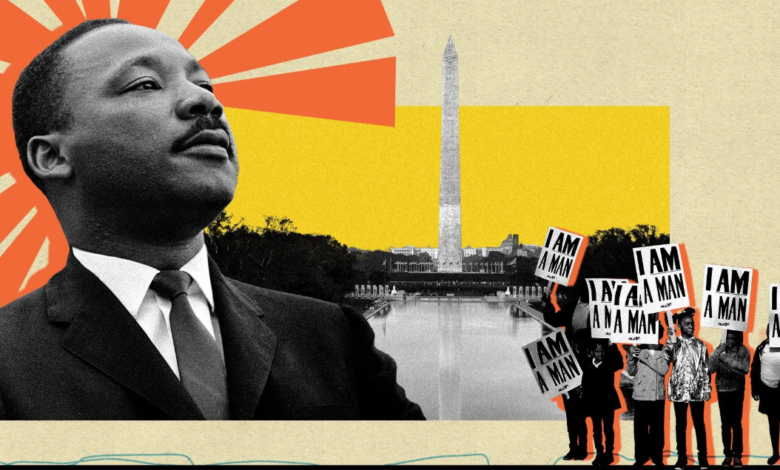
Martin Luther King Jr. Day isn’t just a federal holiday; it’s an opportunity to reflect on and celebrate the values of equality, justice, and service that Dr. King stood for. For middle school students, it’s the perfect time to introduce meaningful activities that not only educate but inspire action—turning Dr. King’s legacy into something personal and relevant.
If you’re an educator or a parent looking for creative ways to engage middle schoolers in 2025, this guide is your go-to. Here’s a curated collection of MLK Day activities that are educational, fun, and thought-provoking.
Why MLK Day Matters for Middle Schoolers
Middle school is a formative time when students begin to understand complex ideas like justice, ethics, and community action. Dr. King’s life and legacy offer an ideal springboard for discussions about racial equality, nonviolent protest, and making a positive impact. By involving students in thoughtfully designed activities, you encourage them to connect with his message and consider how they, too, can contribute to a better world.
Now, let’s look at some hands-on and mind-opening activities.
Activity Ideas for MLK Day
1. Create a “Dream Wall”
Dr. King’s “I Have a Dream” speech is one of the most powerful moments in American history. Help students reflect on their own dreams for the future by creating a classroom “Dream Wall.”
- How It Works:
-
- Begin by reading excerpts of the “I Have a Dream” speech aloud or have students watch a video clip.
- Provide students with colorful Post-it notes or paper cards.
- Ask each student to write their own dream for their community, country, or world.
- Display their dreams on a wall under the heading, “We Have a Dream.”
- Goal:
Encourage students to think critically about how their aspirations align with the ideals of equality and justice.
2. Interactive Timeline of the Civil Rights Movement
The Civil Rights Movement was a decades-long fight for justice and equality. Help students understand its chronology by creating an interactive timeline.
- How It Works:
- Provide important dates such as the Montgomery Bus Boycott, the March on Washington, and the Voting Rights Act.
- Divide students into pairs or small groups, assigning each group a specific event.
- Students research their event and present their findings using images, videos, or written reports.
- Assemble the timeline on a large poster or digital platform like Padlet.
- Goal:
Show the interconnectedness of historical events and provide context for Dr. King’s leadership role.
3. Service Project
MLK Day is widely recognized as a “day of service.” This is a wonderful opportunity for students to embody Dr. King’s values by giving back to their community.
- Ideas for Service Projects:
- Collect canned goods for local food banks.
- Create care packages for shelters.
- Write thank-you notes to healthcare workers, veterans, or first responders.
- Organize a school clean-up day.
- Goal:
Help students understand that small acts of kindness can make a big impact—the foundation of community building.
4. Host an MLK Movie Screening and Discussion
Film is a powerful medium for exploring history. Choose an age-appropriate movie or documentary about the Civil Rights Movement or Dr. King’s life, then follow it up with discussion questions.
- Film Suggestions:
- Selma (PG-13): Focuses on the Selma to Montgomery marches.
- Our Friend, Martin (TV-Y): An animated educational film ideal for younger middle schoolers.
- King in the Wilderness (NR): A documentary capturing Dr. King’s final years.
- Discussion Prompts:
- What challenges did Dr. King face during his fight for civil rights?
- How would you have responded if you lived during that time?
- What lessons from the movie resonate with you today?
- Goal:
Encourage critical thinking and deep empathy by exploring the humanity behind historical figures.
5. Write and Perform Speeches
Middle schoolers are brimming with ideas. Channel their creativity by encouraging them to write speeches inspired by Dr. King.
- How It Works:
- Ask students to brainstorm issues they are passionate about, such as climate change, bullying, or racial justice.
- Teach them about the elements of persuasive speech, using King’s oratory as a model.
- Allow them to deliver their speeches in front of the class or even at a school assembly.
- Goal:
Build confidence, writing skills, and a deeper understanding of how to advocate for change.
6. Create MLK-Inspired Art
Art is a universal language that can help students express big ideas. Use Dr. King’s messages as inspiration for creative projects.
- Project Examples:
- Design a mural illustrating quotes from Dr. King.
- Paint or draw scenes from historical events in the Civil Rights Movement.
- Create protest posters advocating for modern issues students feel passionate about.
- Goal:
Foster self-expression while connecting historical lessons to the present.
7. Study Nonviolence as a Philosophy
One of Dr. King’s most defining traits was his commitment to nonviolence. This activity can help students explore the complexities and challenges of this approach.
- How It Works:
- Introduce them to the six principles of nonviolence from Dr. King’s teachings.
- Have students create a role-play scenario where nonviolent action resolves a fictional conflict.
- Discuss how they can apply these principles to their everyday lives.
- Goal:
Highlight the importance of empathy, patience, and collaboration in effecting positive change.
8. Host a “Civil Rights Leaders” Research Fair
While Dr. King’s contributions are monumental, there are many civil rights leaders worthy of recognition. Help students expand their understanding by researching additional figures.
- How It Works:
- Assign or allow students to choose leaders such as Rosa Parks, John Lewis, Ella Baker, or Bayard Rustin.
- Students create presentations, infographics, or short scripts portraying their chosen figure.
- Host a Civil Rights Fair where students share their findings with classmates, parents, or the school community.
- Goal:
Provide a holistic understanding of the collective effort behind the Civil Rights Movement.
9. Read and Analyze MLK’s Writings
Introduce middle schoolers to powerful texts like Letter from Birmingham Jail or excerpts from his sermons. Encourage students to analyze Dr. King’s language, tone, and central arguments.
- Activities:
- Break into small groups to discuss specific quotes or passages.
- Have students rewrite key sections in their own words.
- Discuss how these writings are still relevant today.
- Goal:
Cultivate critical reading and analysis skills while exploring important concepts.
